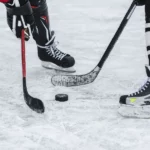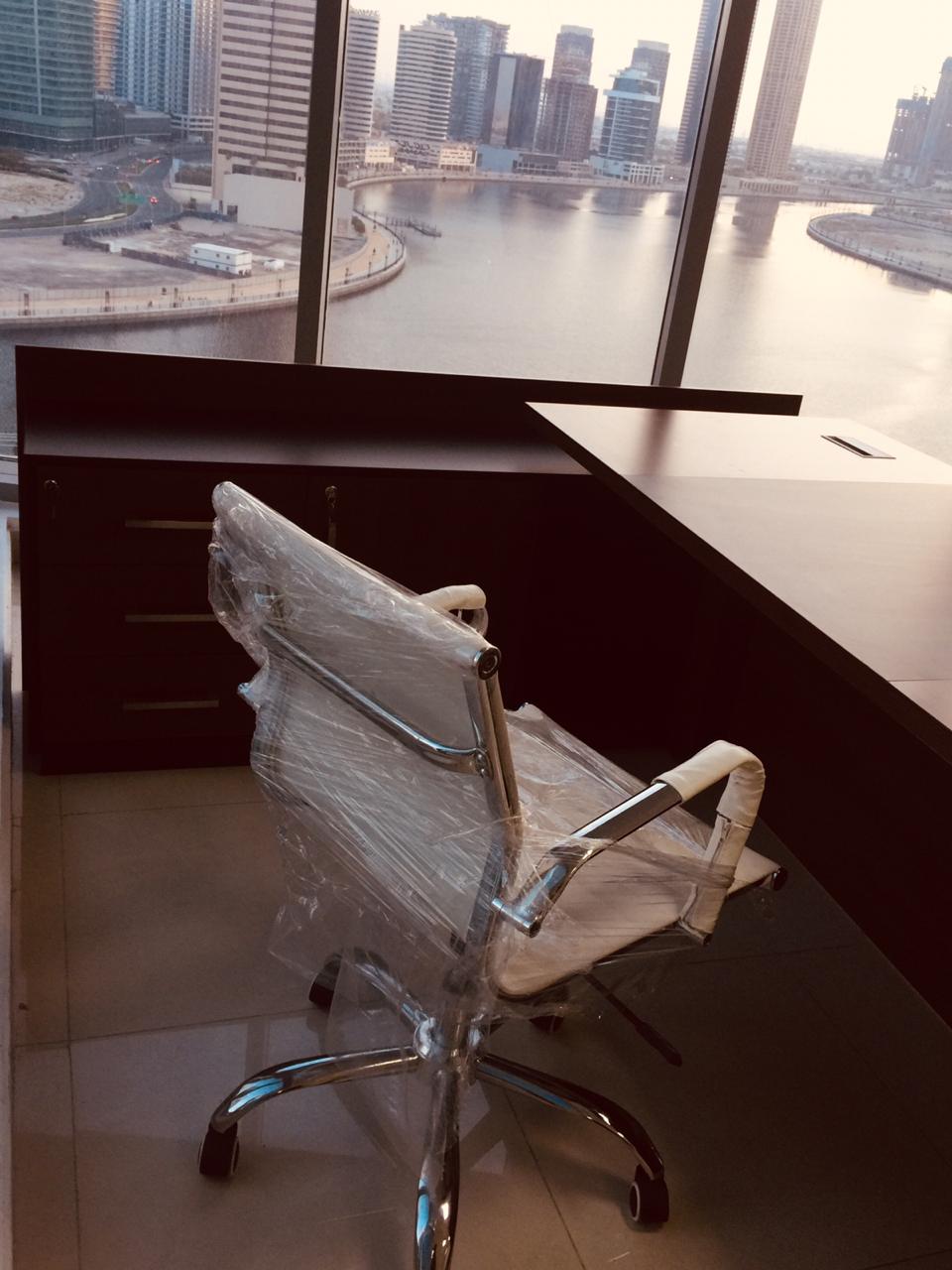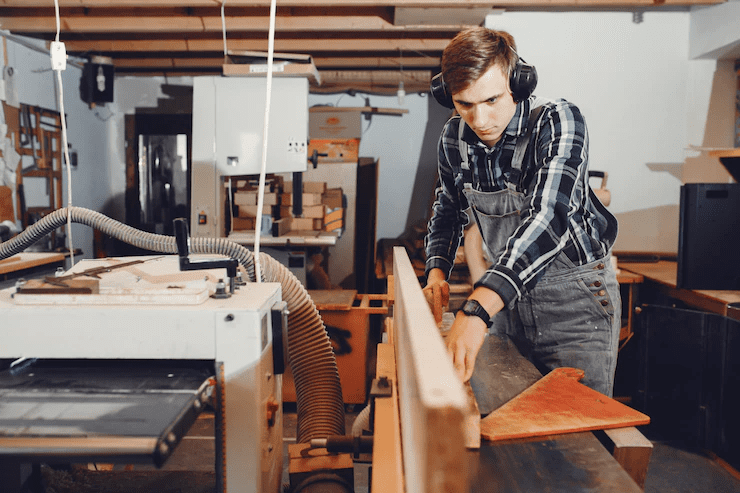Painting your home is an art that can be easily overlooked. With convenient access to painting tools and materials, you might be tempted to paint your home on your own. However, while doing so, there are a few basic mistakes that need to be eliminated. Hiring professional painters might save you automatically from these, owing to their experience and sufficient training.
Here we try to put together a list of common mistakes while painting homes, with corresponding preventive solutions for your reference. If you want to play it safe by calling the experts, Surepaint is always there to help. After all, you plan a painting job with expectations for beautiful and long-lasting results for your home. Done the right way, painting can be a cheaper and convenient makeover exercise for your home without pricey appliances or wall knockdowns.
Signs Of A Bad Painting Job For Your Home
Although you won’t expect a painting job for your home to go wrong, it just might without proper care. If you did hire professional assistance to paint, then you might want to raise a complaint immediately. Spotting the signs of a bad paint job can help you decide on the right course of action. Such early signs can include:
- Painted rooms with paint streaks on the window frames and outlet covers point towards a careless job.
- Incorrect wall paints owing to the lack of sufficient knowledge and experience.
- Visible flaws and stains reappear on the painted surfaces due to negligent prep work.
- A faded or discolored look on newly painted walls can be caused by inappropriate coating.
- Blotchy or blistered paintwork due to escaping moisture from the surfaces.
- Smudged or cracking paint as a result of applying subsequent coatings over wet layers.
- Chalking new paint is caused by too much use of thinner or insufficient sanding before applications.
Tips To Avoiding Common Mistakes While Painting Your Home
Refer to the list of things below as you start to paint your walls to avoid these house painting sins.
- Insufficient Preparation
Painting your home can quickly get messy without enough preparation. Move as much furniture as possible and cover the rest. This will allow enough space to move around rooms while applying paint. Use drop sheets on the floors and hallways for maximized protection. Scrape away any old and peeling paint from the walls and use appropriate cleaning agents on wet areas. Wash the walls thoroughly with safe cleaners and vacuum around baseboards. Ensure walls are clean and smooth before painting those. Preparing yourself and preparing surfaces before painting is essential for the success of your project.
- Wrong Paint Selection
Choosing the right paint for a job requires deciding on the type, color, and sheen. The type of paint for interiors will vary from those for your exterior walls. Painting indoor cabinets or armoires will again need a different type of paint to avoid cracking. Before applications, bring small samples of paint color for testing on the walls. This can avoid wrong color selections. Otherwise, selections based on color chip displays can lead to inaccurate appeal on the surfaces. The sheen of paints refers to the kind of finish that you get. A higher sheen means more shine. You can choose between glossy, satin, or matte finish for your painting project.
- Poor Quality Brushes And Rollers
Brushes and rollers are your prime tools while painting your home. As such, opting for cheaper variants make things harder on yourself. Poor quality tools might take longer to finish a job, apart from subpar finishings. Investing in superior painting tools can prove worthy in the end. Using inferior paintbrushes can leave unwanted broken bristles stuck to your wall paint. This can make your new paintwork look shabby. A single set of brushes and rollers might not be sufficient for your entire project. Corner painting requires chisel trim brushes; window trims need angle brushes, larger surfaces might suit the use of wall brushes, and so on. Moreover, try using synthetic bristles brushes while working with latex paints and reserve natural bristled brushes for oil-based paints for quicker application.
- Painting Technique Issues
The finishing of a paint job is largely dependent on the technique and experience. Avoiding some common mistakes in this area can yield lasting outcomes. Dip your brush partially in the paint rather than overload it. While using rollers, roll these on the trays to remove excess paint. This can help in uniform painting without a drip. Avoid over-brushing wooden surfaces to prevent rigid finishes. Never paint a second coat over wet layers. This can easily lead to the early peeling of paints. Similarly, wait for everything to dry before attempting any touch-ups.
You may also like: The Importance of Using Professional House Painters













